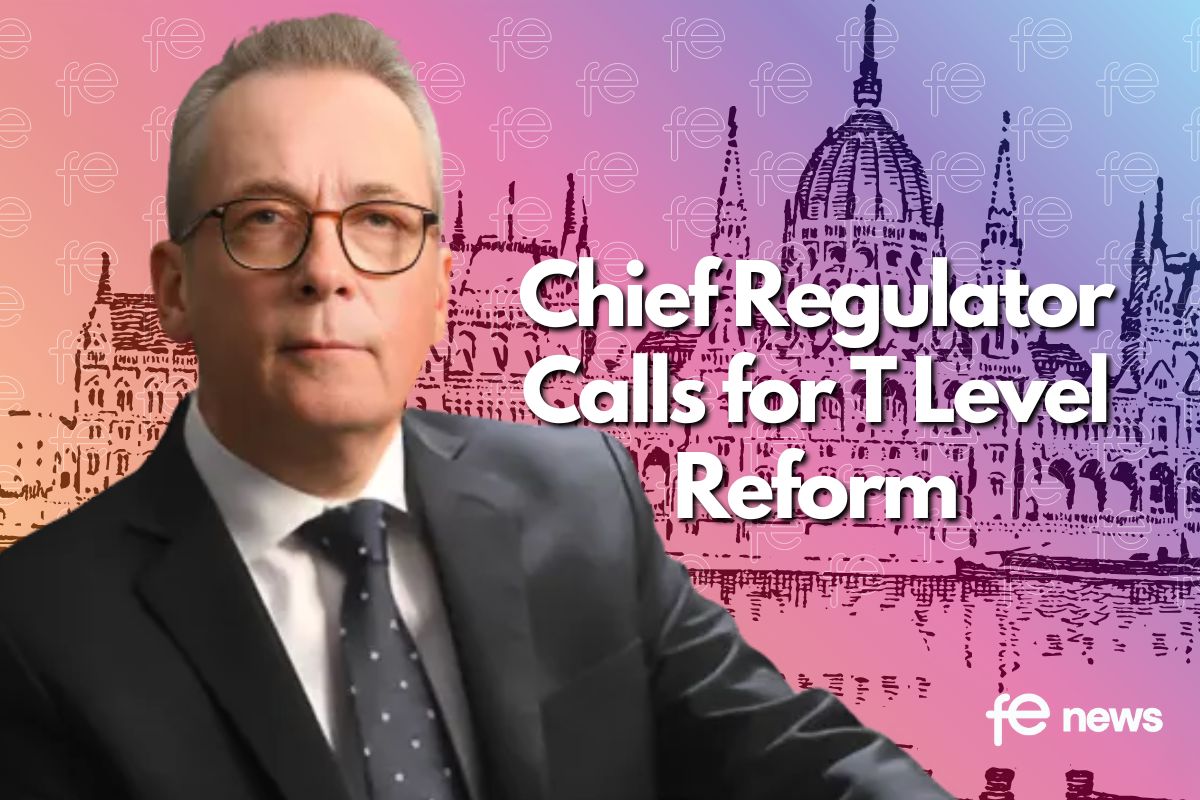Post-16 maths and the solution that already exists

There’s already an answer to the challenge of how to continue maths for Post-16s. Core Maths was introduced in 2017 and is a well-regarded but little-known way for students to continue maths without doing an A level.
Much attention has been given to the Prime Minister’s announcement that he will make numeracy ‘a central objective of the education system’ and in particular that ‘we will work with the sector to move towards all children studying some form of maths to 18’, writes Josh Hillman, Education Director.
Some of the focus has been negative, with claims it is a vague and ill-thought-through aspiration, a distraction from more urgent issues facing the country, that gaps in GCSE attainment are a far greater priority, or that for many students continuing maths could harm well-being and mental health. Some commentary has been more positive, welcoming the priority given at the highest level of government to a longstanding problem.
But hardly anyone has recognised or remembered that Rishi Sunak’s statement is almost identical to one made in a major speech at the Royal Society in 2011 by the current Levelling Up Secretary Michael Gove, when he was Secretary of State for Education. Gove said: “We should set a new goal so that within a decade the vast majority of pupils are studying maths right through to the age of 18”.
This was explicitly informed by research commissioned by the Nuffield Foundation into international comparisons of upper secondary mathematics. The heavily cited headline findings were that fewer than one in five students in England, Wales and Northern Ireland studied any kind of maths post-16, the lowest levels of participation in the 24 countries surveyed.
The decade in question has long passed, and the dial of post-16 maths participation has not moved much. Since Gove there have been no fewer than nine Education Secretaries, so it is unsurprising it became a distant memory. But there are other significant and deep-set challenges that explain the lack of success.
The pre-eminent route for continuing study of maths after 16 – the A level – is extremely tough and has a restricted supply of potential students with the aptitude to take it. Indeed, most students who decide against Maths A level are behaving rationally, given the narrow qualification system at that stage and the implications of subject choices and attainment for progression. Meanwhile, those who have not achieved at Grade 4 in GCSE maths are required to resit, even though there are low relatively low success rates in achieving a better grade. The alternative to retaking is the supposedly equivalent route of ‘Functional Skills’ qualifications, but these are not nearly as well established and have been subject to various reforms.
Core Maths
There is however a solution for many other students already in place. A key policy that followed Gove’s speech was the development of Core Maths, a little-known new post-16 qualification for young people who achieve at least Grade 4 at GCSE and who wish to supplement their A levels or vocational qualifications. Since 2017 it has been offered by various awarding bodies, and aims to maintain and extend the mathematical and statistical skills and knowledge developed through GCSE, allowing students to apply these with confidence to authentic and relevant real-life problems.
The Nuffield Foundation funded an evaluation of the implementation and take-up of Core Maths. This showed positive views of the qualification: from students about its content and value; from schools and colleges about its distinctive place in their provision; and from employers and higher education institutions about its role in boosting applied numeracy skills.
But now, six years on, the number of schools and colleges offering Core Maths remains limited. Annual student numbers are small (around 12,000), with growth stalled for the past three years. There are concerns about its status, and general awareness remains low. International evidence suggests that students continue with maths when they are required to do so to progress to further and higher education and to employment opportunities. But incentives in our post-compulsory system are around achieving a basic standard at GCSE, rather than continued learning, participation or progression beyond that. For example, universities are reluctant to require post-16 maths qualifications or even signal that they are desirable, because in a competitive market for students this would rule out or discourage large numbers of applicants.
The challenges facing maths
To tackle these issues properly would require fundamental reform of our narrow and over-specialised 14-19 qualifications system. But leaving aside issues of student take up, there are also significant financial and staffing barriers. Nuffield-funded research shows that recent increases to funding for colleges and sixth forms are only very partially reversing the huge cuts in the previous decade, and will be eroded by increases in the size of the student cohort.
Meanwhile, the general teacher shortage crisis is particularly bad for maths where there are significant challenges in both recruitment and retention. Other Nuffield-funded research shows that close to half of secondary senior leaders report that at least some non-specialists were used to teach maths .
Given this is the case within the well-understood framework of GCSE and A level maths, it is not surprising that schools and colleges have not rushed into offering other qualifications, particularly with so few pressures to do so.
The revival of interest in post-16 maths stimulated by the Prime Minister’s announcement is welcome, with quantitative skills necessary for many education and training routes, for most jobs, for growth sectors such as data science and AI and for young people to develop into informed citizens. But if this is not going to be another forgotten aspiration there will need to be vigorous and sustained backing from government, higher education and employers; attractive alternatives to A level for students and stronger incentives for taking them up, and a more ambitious approach to both funding and teacher supply.












Responses